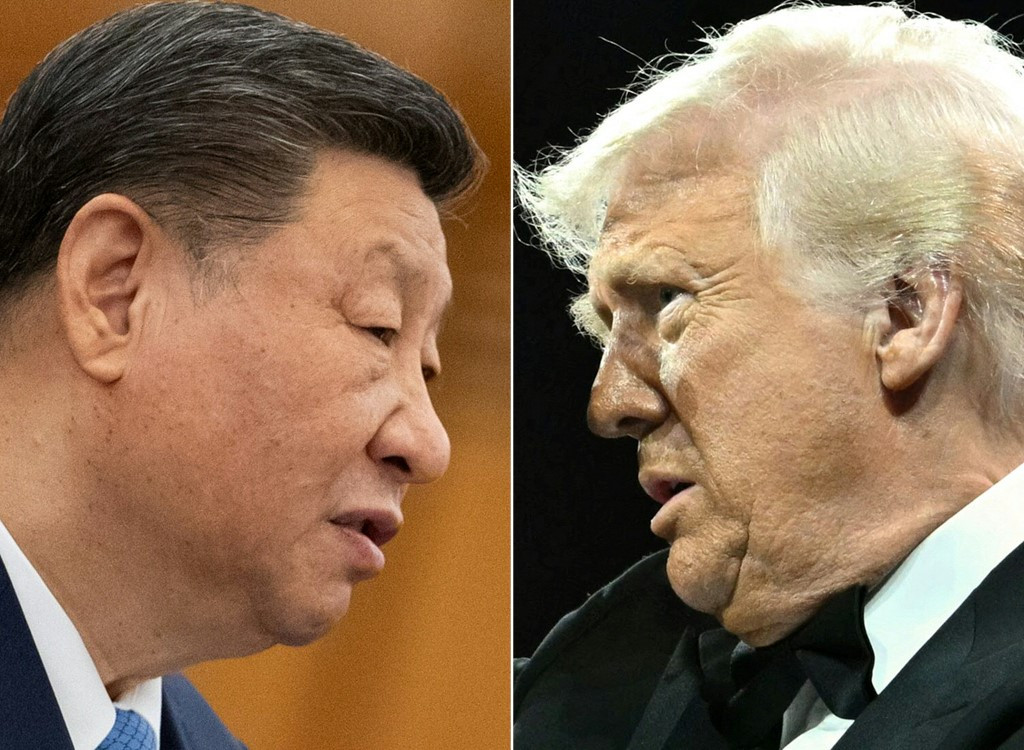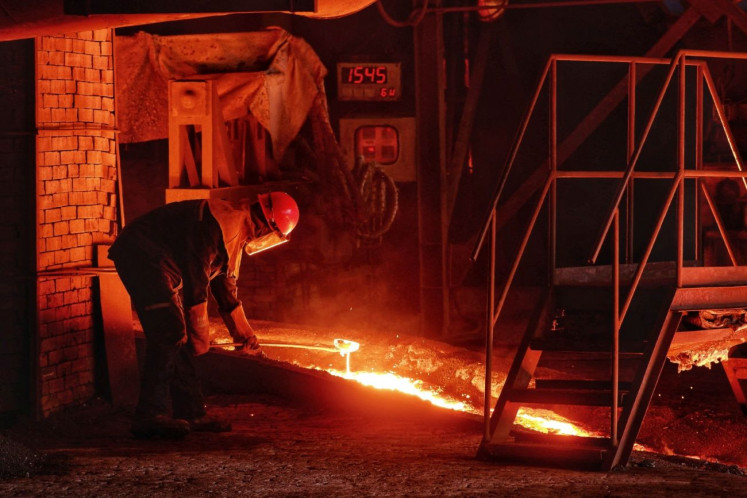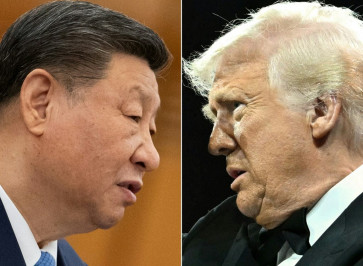Popular Reads
Top Results
Can't find what you're looking for?
View all search resultsPopular Reads
Top Results
Can't find what you're looking for?
View all search resultsWashington and Beijing need to have a talk
Given the urgency of the situation, what is standing in the way of negotiations between the US and China?
Change text size
Gift Premium Articles
to Anyone
T
he United States and China are caught in an escalating trade war that could gravely damage their economies and even threaten global stability. Since US President Donald Trump’s declaration on April 2 of “reciprocal” tariffs on almost all US trading partners, the two countries have imposed triple-digit duties on each other, levels that have effectively created a mutual trade embargo.
Container bookings from China to the US have already fallen by 60 percent, and orders for all kinds of Chinese products have been canceled. When the effects of this slowdown hit the US in a matter of weeks, not only will consumers find it difficult to buy Chinese-made goods, but so will many US businesses, which sell these imports or use them as inputs.
The Trump administration has apparently realized the gravity of the impending crisis. On April 22, Treasury Secretary Scott Bessent called the US-China trade war “unsustainable,” and an unnamed source said that the White House would consider lowering tariffs on China. Other officials swiftly walked back these comments, saying that the US would not act “unilaterally.”
Normally, such a situation would be ripe for negotiation. Instead, the two sides seem unable or unwilling to talk. Trump has repeatedly indicated that he wants to speak with Chinese President Xi Jinping about the tariffs, and has even claimed that Xi called him a few weeks ago, a claim that China denies.
According to most accounts, the two leaders have not spoken since Trump’s inauguration in January. And despite Trump’s recent comment that negotiations are happening every day, a Chinese government spokesperson said on April 24 that there are currently no trade talks between the countries.
Given the urgency of the situation, what is standing in the way of negotiations between the US and China? The first barrier was Trump’s insistence on imposing additional duties ahead of trade talks. Chinese authorities seemed willing to engage early, sending Vice President Han Zheng to Trump’s inauguration. But Trump quickly levied two rounds of 10 percent tariffs on China, which went into effect in early February and early March, wrecking any chance of de-escalation.
Recall that China was already subject to the tariffs and sanctions Trump levied in his first term, which were later expanded by his successor, Joe Biden. Perhaps Trump believed that ramping up the pressure would build leverage for an eventual “China deal”, indeed, he adopted a similarly aggressive approach to other partners with his reciprocal tariff threats, and claimed that many countries were “kissing [his] ass” to negotiate their rates. But the Chinese saw it, not unreasonably, as extortion.



















